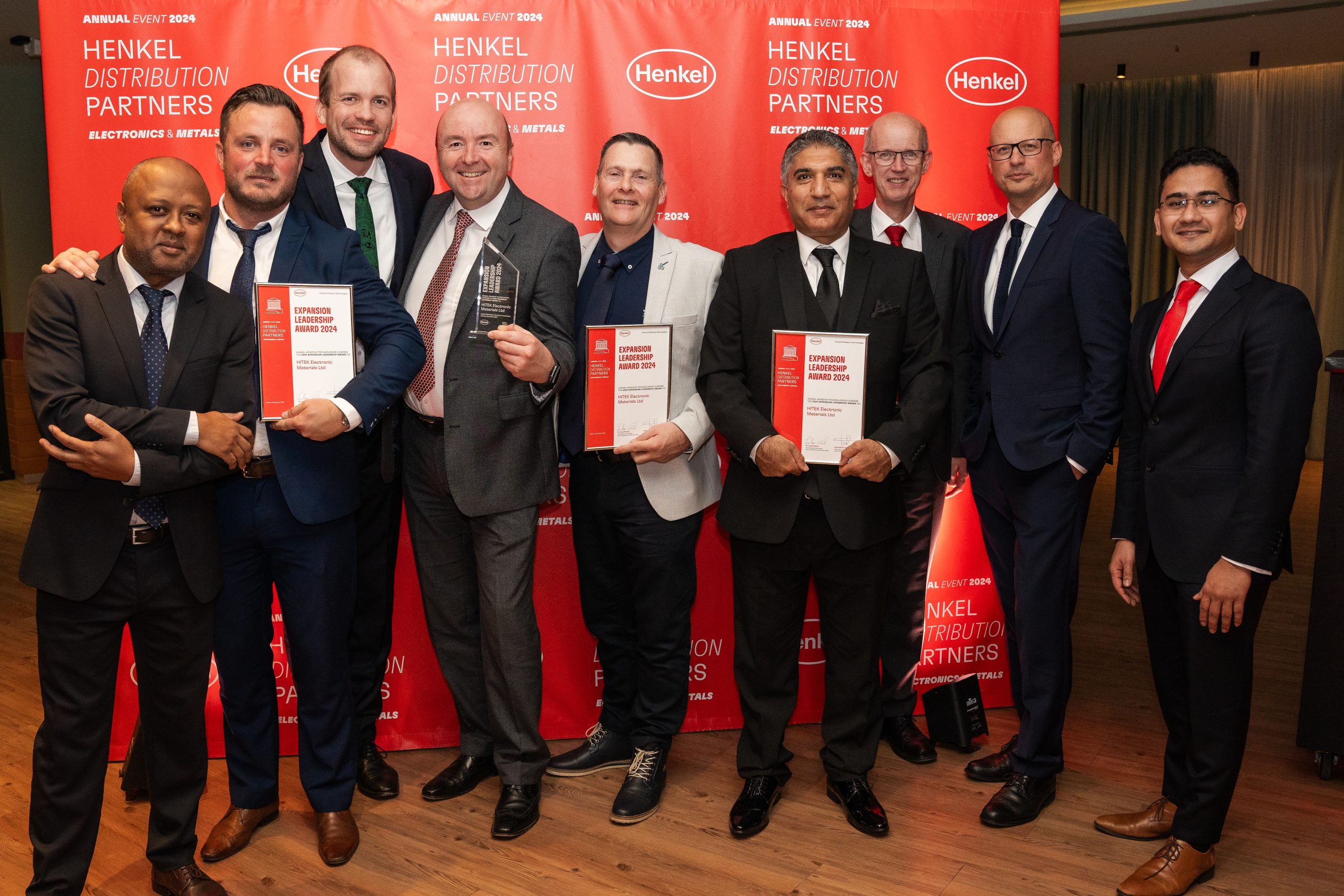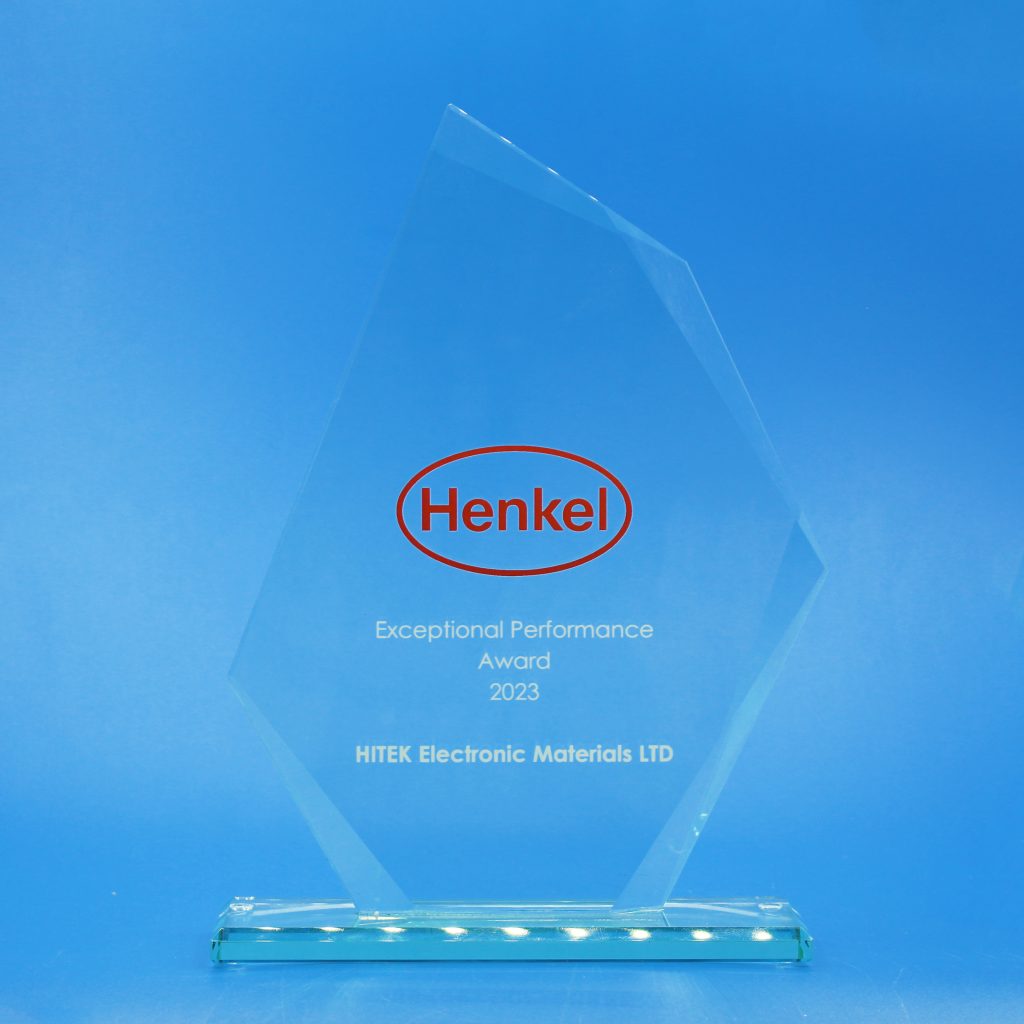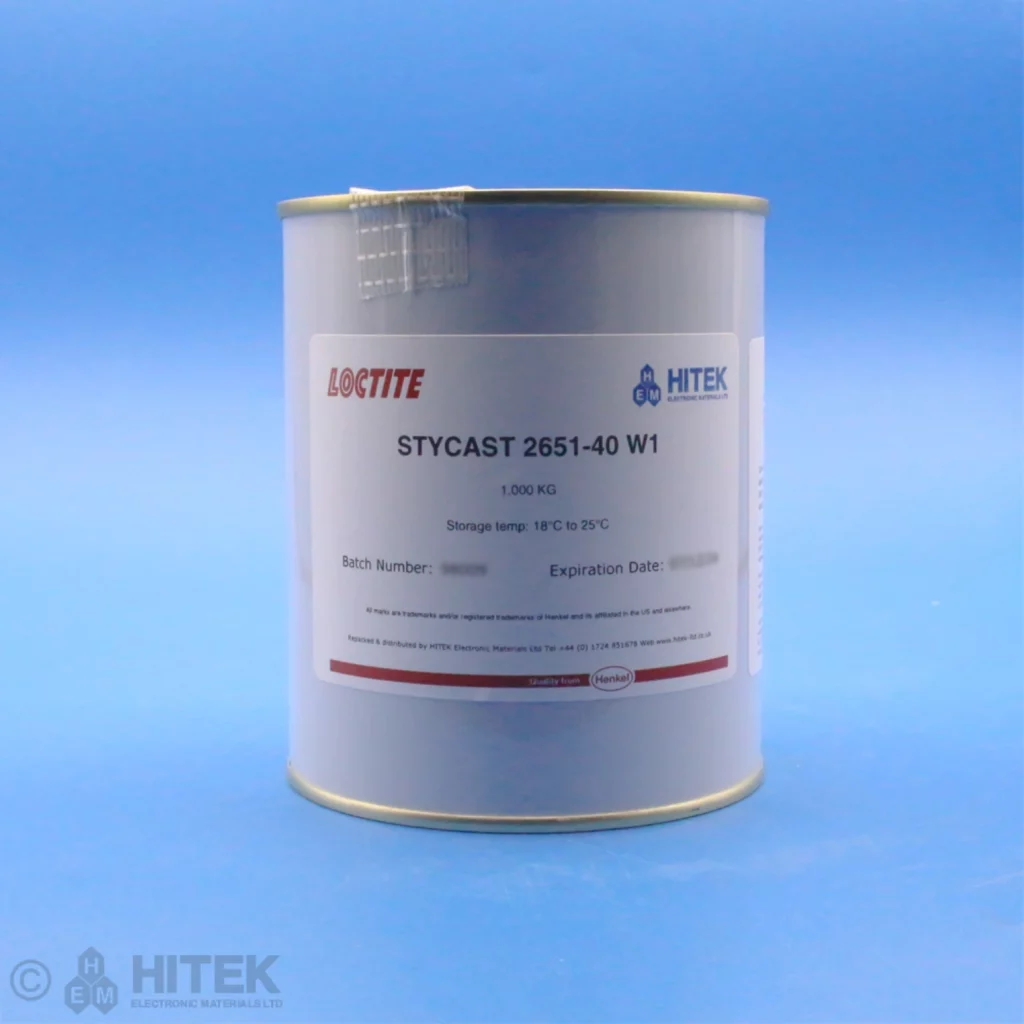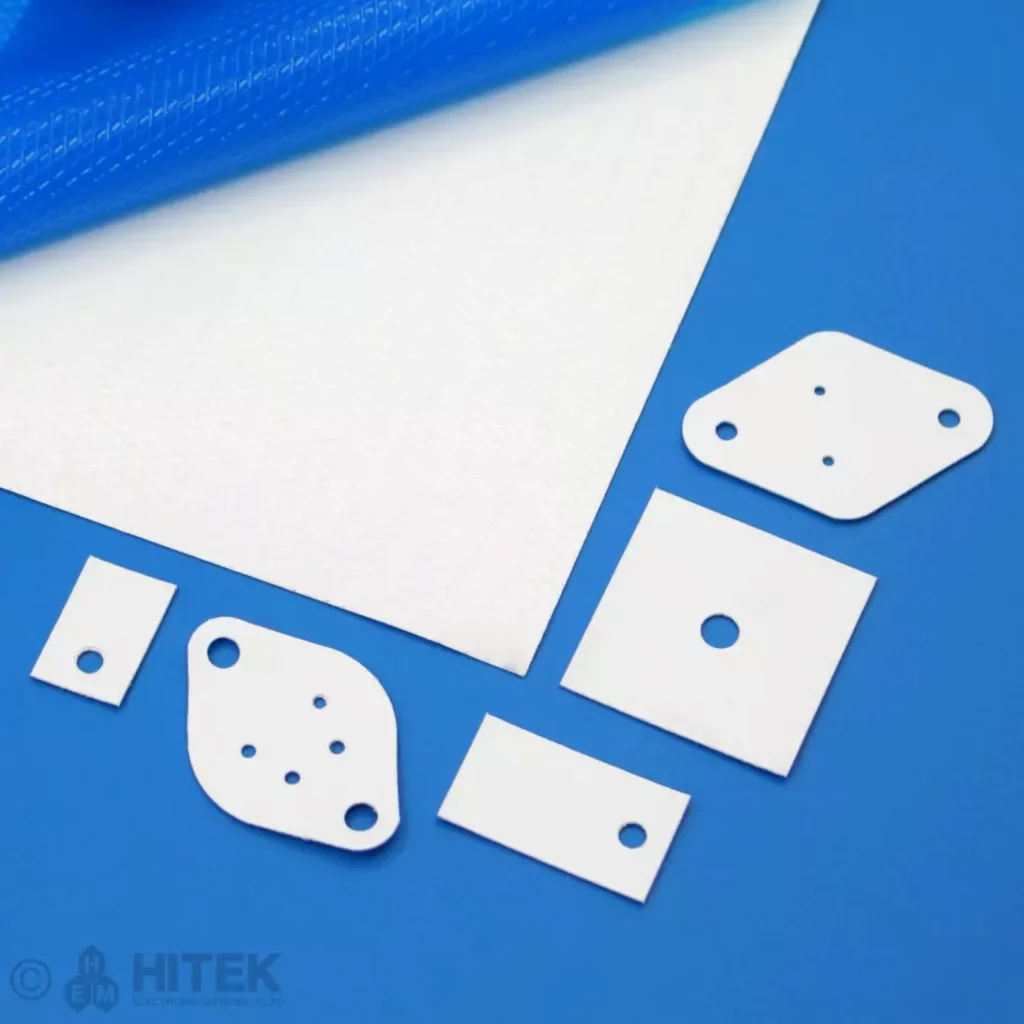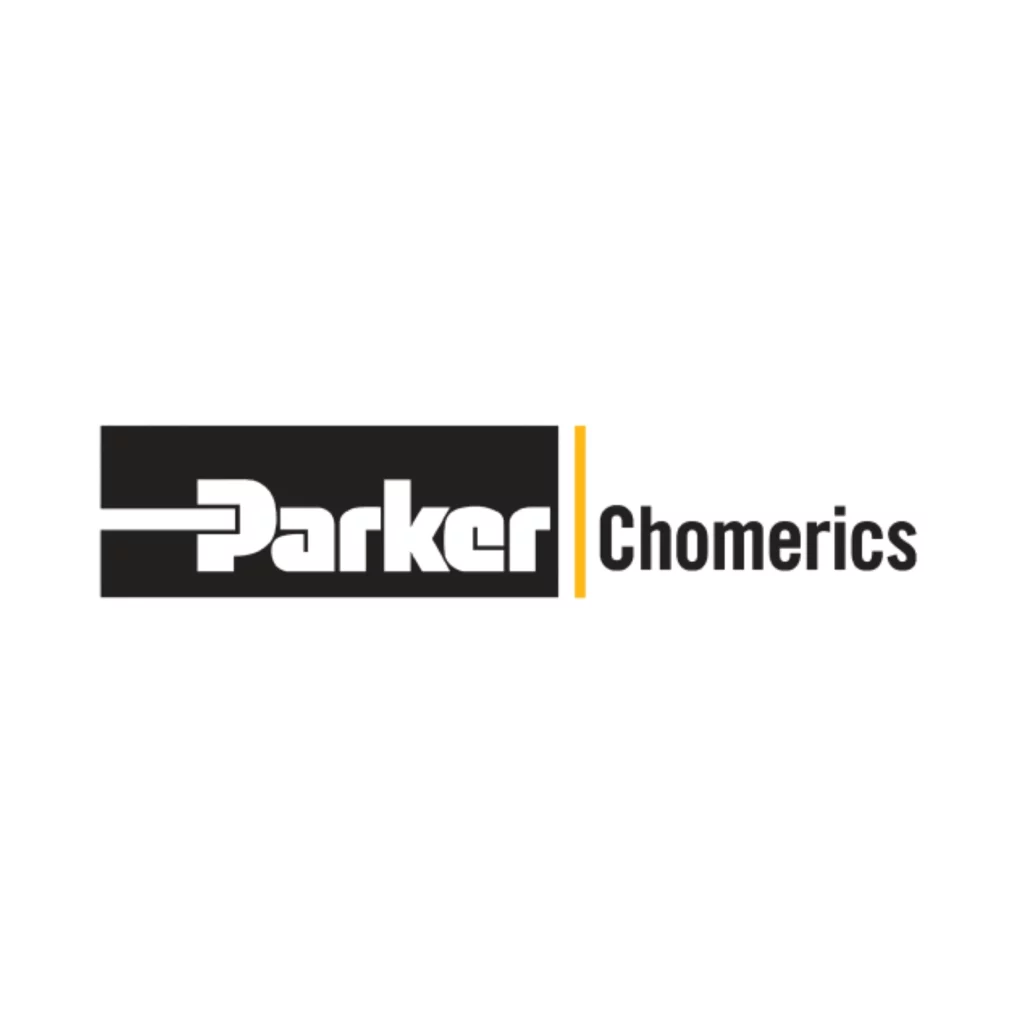
Although most, if not all, suppliers of formulated Epoxy and Polyurethane materials manufacture products
under vacuum. This still can cause some undesirable trapped gases that appear while using these compounds.
The most common causes of bubbling
- Air inclusion during the mixing of the resin and hardener together.
- Air trapped in moulds.
- Air trapped due to improper casting/moulding techniques.
- Air introduced by suction as the material shrinks or due to a leaking tool.
- Trapped residual solvent vapours from certain types of mould releases.
- Volatile components being stripped out of the materials while casting under vacuum.
- Gases generated during the reaction (hardening) process.
- Gases formed during improper storage (moisture contamination etc.)
- Gases introduced through pressurized systems.
- Air from improperly de-aired resin and/or hardener.
How to solve/prevent the issue?
The first and most important step in eliminating the problems caused by bubbles is simply taking care not to introduce air while handling the materials. If it is unavoidable to introduce air during mixing, such as during mixing by hand, it is highly desirable to remove the trapped gases under vacuum before using the mix. Gaseous bubbles trapped in a liquid, although initially microscopic in size, will expand when heated and can grow to become large enough to cause problems.
Polyurethane products are moisture sensitive. In fact they crave moisture and should not be mixed during days when the humidity is high. Urethane resins and hardeners should be protected from picking up moisture by applying a layer on Nitrogen on top of the material in the containers. Mixing urethane resin and hardener components together is best achieved under vacuum or at least under a blanket of Nitrogen. Moisture contaminated polyurethane products will exhibit many tiny bubbles on the surface or, in extreme cases, will rise to produce foam. These bubbles are next to impossible to remove.
As a rule, epoxy compounds are less moisture sensitive, except for certain hardeners. Moisture contaminated epoxy hardeners can be usually recognized by the formation of a crust around the edges of the container.
Moisture contaminated epoxy hardeners, depending on the formulation, will react faster than expected with the resin.
Bubbles tend to rise to the surface of the material and will, under ideal circumstances, given enough time,
will eventually release from the liquid. Most applications do not allow for the required time or the proper
conditions for products to self de-air, vacuum must be applied to speed the removal of trapped gases from
the mix
What can affect the process of removing gasses?
- The viscosity of the mix: The higher the viscosity the more difficult it is to remove gases.
- The surface tension of the materials: Can be reduced by heating and the addition of surfactants
- The temperature of the epoxy or urethane mix: Heating the material will reduce the viscosity. Be sure to consider the pot life and gel time before heating any mixed materials.
- The amount of epoxy or urethane material being de-aired at one time:
- The depth to surface ratio is important.
- The larger the surface that is exposed to the vacuum the better.
- The lower the amount of product the rising bubbles must travel through the better. Agitation: Agitation (mixing) during the de-airing process (while under vacuum) will speed the removal of air considerably.
Alternative methods to remove or minimise the impact of trapped gasses
- Thin film de-airing: The material is exposed to vacuum in a thin film. This is probably the best and fastest method of removing trapped gases.
- Centrifugal force: Trapped gases may be forced out of the product by centrifugal forces by spinning at high speeds. This is not a widely practiced method and has limited possibilities in common applications.
- Pressure: The application of pressure during the gelation process will reduce the size of the bubbles. The amount of pressure necessary will have to be determined by experimentation. Depending on the component configuration it is not uncommon to use 80 to 100 psi.
- Vibration: Placing the mixture on a vibrating table will assist the bubbles in travelling to the surface.
How to produce bubble free epoxy or urethane castings
- The least number and amount of volatile ingredients.
- The lowest possible viscosities (individual components and mixed)
Hand Mixing
- De-air each component containing fillers individually.
- Do not use violent motion during mixing and scrape the sides of the container to insure a thorough mix. De-gas the mixture under vacuum if possible.
- If vacuum is not available, allow the mix to stand for a period of time to allow the coarse
- bubbles to escape prior to pouring (don’t forget to consider the pot life)
Mix/Dispense Equipment
- Take precautions to minimize air entrapment while topping up the storage tanks. Slow, steady pouring into one spot will minimize air inclusion. De-air the materials in the storage tanks if possible.
- Keep the fittings, valves and dispense pistons in good repair. Defective components will allow air to be sucked into the dispense lines.
- Cavitations and lead/lag problems can be sources for air inclusions.
Pouring
- Pour slowly into one corner of the mould or container. Pouring slowly will allow the rising material to push the air ahead of it minimizing air entrapment.
- Pour with the least amount of turbulence.
Curing
- If possible, de-air the poured assembly prior to cure. This step is not necessary for parts involving small volumes. Large mass castings or castings with complicated shapes, conducive to air entrapment, should be de-aired prior to cure for best results.
- Establish and use the appropriate temperatures that result in slow, even gelation. Provide a enough reservoir of cool material to replenish the shrinkage that takes place during gelation and cure.
Other Suggestions
- Hydraulic hose fittings on vacuum lines allow for leak free connections and better vacuum.
- 29” Hg of vacuum is sufficient for most applications.
- 2 mm of vacuum has been found sufficient for high volume production.
- Always use a large enough container to allow the material to rise under vacuum.
- It may be helpful to add a drop or two of a suitable surfactant.
Precautions
Almost all formulated epoxy and urethane materials contain at least some volatile ingredients. These ingredients are an essential part of the product and will start flashing off under vacuum. This is evidenced by the fact that the mix being de-aired never seems to be totally free of bubbles no matter how long it is vacuumed. Care should be taken not to vacuum strip the material. In most cases vacuum at 29” Hg for 5- 10 minutes will sufficiently de-gas the mixture.
Download a copy of the technical tips below
